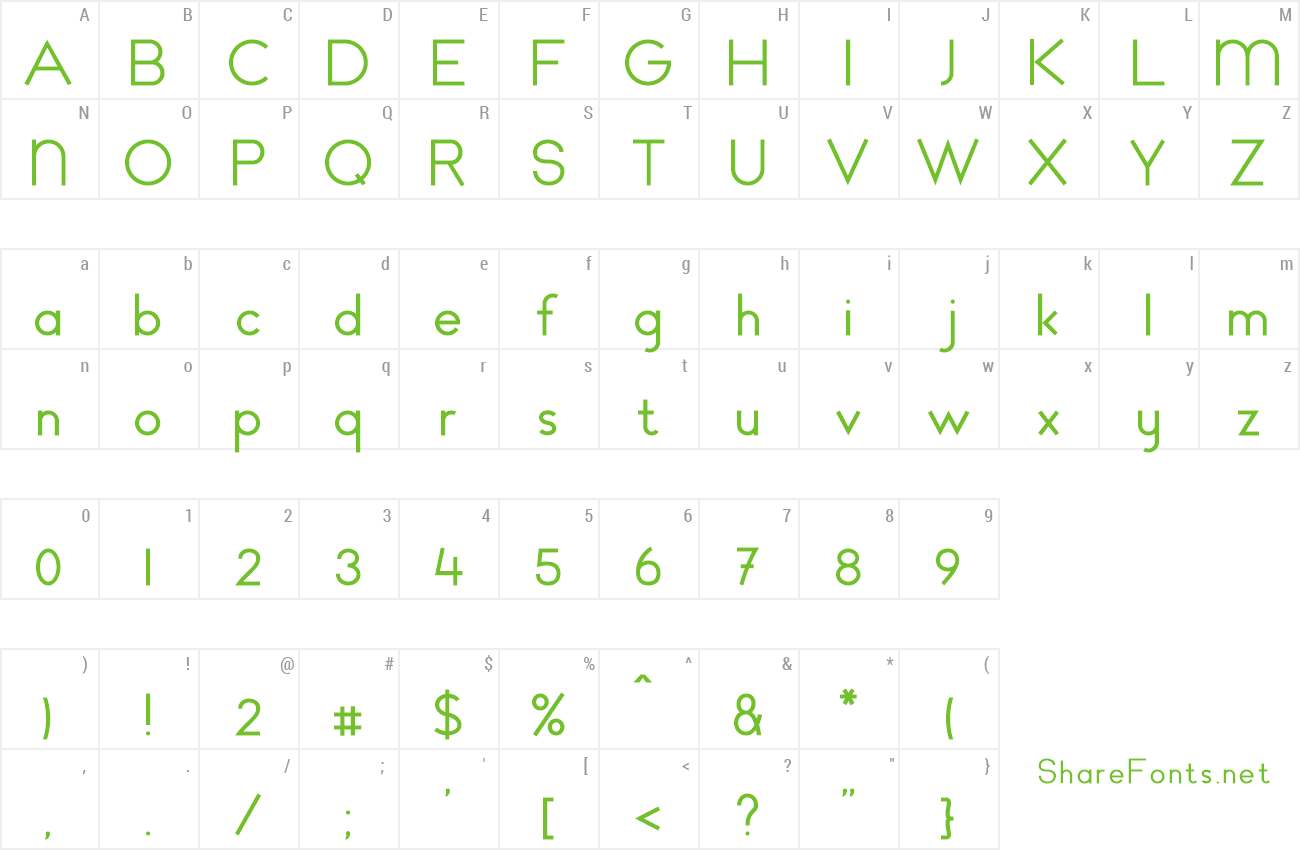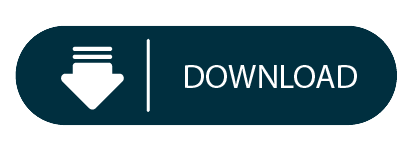Quick Note For Mac Os
So, if you wish to upgrade your note-taking experience, here is your top-5 list of the selected most beloved apps in terms of simple and quick note making. Unclutter’s Notes must be the fastest way to jot down a note on a Mac. One mouse gesture and you’re already typing your idea, to-do task, a phone number, or anything else. Download the latest version of Quick Notes for Mac - Note taking and today widget tool. Read 0 user reviews of Quick Notes on MacUpdate.
Install X11Before you can run the GSAS package (or, for that matter, a large number of other Unix-derived graphics applications), you need to load the X Windows system (X11) onto your computer.For 10.4, one can load the Mac OS X install disk. Note that this requires administrator access to the computer. The X11 installation procedure consist of the following steps:
- On the finder window for the DVD, scroll down and double-click on the Optional Installs icon, which starts the installer.
- Proceed through the windows by pressing Continue (note that X11 must be installed on the boot disk).
- On the package list page, click on the arrow next to Applications to open the list, then select X11 to be installed by clicking in the box to the left and click Install.
- The installation then begins.
- When installation is complete, the X11 package can be run from the utilities menu of the system Applications folder.
For 10.3 (Panther) I am pretty sure a similar process to 10.4 can be used, but I don't have access to a machine that can boot that OS. Alternately, if you have OS X 10.3 on CDROMs, insert CDROM #3 and then click on the Packages folder and within that folder, click on X11User.pkg. Read the installation screens, click on the 'next' button a few times, and X11 is installed.

For 10.2 (Jaguar), X11 installation is not simple,so you will need to do some searching on the web, find a guru or consult one of the many Mac OS X books that cover this subject.One should strongly consider an OS upgrade instead.
Download the GSAS & EXPGUI programs as a Mac disk image appropriate for the CPU type of your computer (to find out what you have click on the 'About This Mac' item in the Apple menu).- For older Macs with Power PC (G3, G4 or G5) CPUs running OS X 10.4(& 10.5?) use this link:
ftp://ftp.ncnr.nist.gov/pub/cryst/gsas/OSX_gsas+expgui_PPC_2007Jan15.dmg (~14 Mb) - Newer Macs with Intel (Pentium) CPUs should use this link:
ftp://ftp.ncnr.nist.gov/pub/cryst/gsas/OSX_gsas+expgui_Intel_2007Jan15.dmg (~32 Mb)
Intel-based Macs can also use the PPC version, but willsee at least x5 better performance with the version compiled for this CPU. - For older Macs with Power PC (G3, G4 or G5) CPUs running OS X 10.2 or 10.3can use this link:
ftp://ftp.ncnr.nist.gov/pub/cryst/gsas/OSX_10.3_gsas+expgui_2007Jan15.dmg (~14 Mb)
Note that this is likely to be the update for 10.2 and 10.3.for a CCP14 mirror, look in http://www.ccp14.ac.uk/ccp/ccp14/ftp-mirror/briantoby/pub/cryst/gsas/
 Mount the downloaded file by double-clicking on it. This should create a new volume in your top-level ('Computer') called 'GSASvol'; clicking on this device will opena finder window with a single folder ('gsas') present. (Note that some browsers will automatically perform this step for you.)
Mount the downloaded file by double-clicking on it. This should create a new volume in your top-level ('Computer') called 'GSASvol'; clicking on this device will opena finder window with a single folder ('gsas') present. (Note that some browsers will automatically perform this step for you.)While you can run GSAS & EXPGUI from this location, you are strongly suggested to instead copy the entire package to your computer by dragging the gsas folder icon to another finder window, or by clicking on it and using Copy and Paste.
 Install a 'shortcut' to launch EXPGUIThe OS X version of GSAS & EXPGUI has an EXPGUI AppleScript application named expgui.app in the gsas folder with the icon shown to the right. This AppleScript will start X11, if needed and then lauch EXPGUI. (If you have ideas for improving the script, the code can be found in file expgui_applescript.txt.)The EXPGUI AppleScript can be used in three ways:
Install a 'shortcut' to launch EXPGUIThe OS X version of GSAS & EXPGUI has an EXPGUI AppleScript application named expgui.app in the gsas folder with the icon shown to the right. This AppleScript will start X11, if needed and then lauch EXPGUI. (If you have ideas for improving the script, the code can be found in file expgui_applescript.txt.)The EXPGUI AppleScript can be used in three ways:- Double-clicking on the icon will launch EXPGUI so that it starts with the 'file open' window in your home directory. This window can then be used to navigate to access/create experiments in other folders.
- Dropping one or more GSAS Experiment (.EXP) files onto the EXPGUI iconwill cause the experiment files to be opened. If more than one file is dropped,each file will open in a separate EXPGUI session.
- Dropping one or more folders onto the EXPGUI icon will cause EXPGUI to be started with the 'file open' window in that folder.
Latest Os For Mac
If you will use GSAS a fair amount, you will likely find it convenient to drag the EXPGUI icon to the dockfor easy access.
Note, that this EXPGUI app will not work correctly if copied or moved to another folder. It must be located in the gsas folder along with all the other files and subdirectories needed by GSAS & EXPGUI -- you can instead create an alias (by highlighting the AppleScript icon in the Finder and using the File/'Make alias' menu item or the Command-L shortcut). An alias created in this fashion can be moved wherever desired -- for example, to the desktop or to the Application folder.
Quick Note For Mac Os 10.13
- People who have not become completely enlighted to the Mac may wish to set up a way to type something (gasp!) in a terminal window that will allowthem to start EXPGUI. There are a number of ways this can be done,(see section 2.2 in the Unix installation notes.)Also, on the Mac it is possible to add applications to the X11 Applications menu, by using the Applications/Customize menu option. Note that the command used to start Tcl/Tk and EXPGUI will vary depending on where you installed the package. I install the package in ~/Applicationsso the command string to start EXPGUI is:
